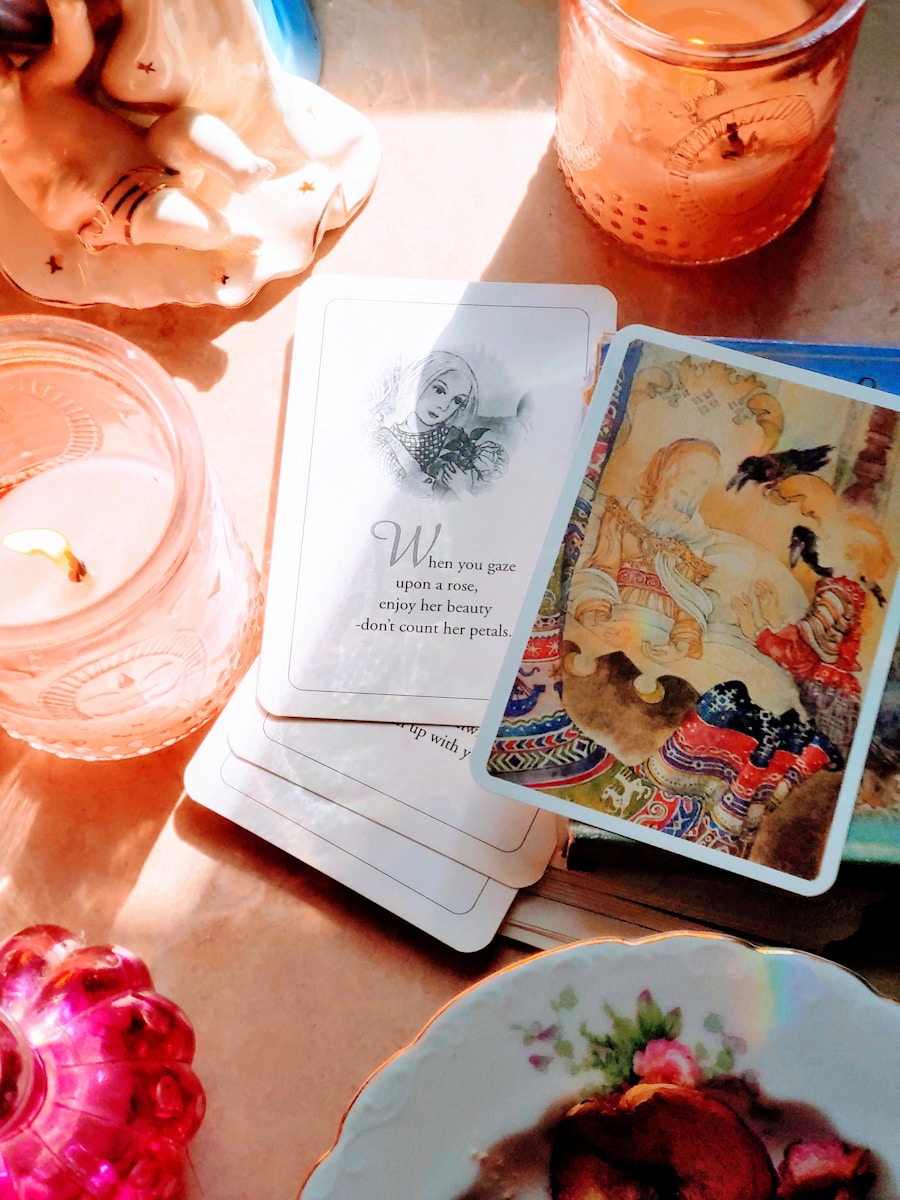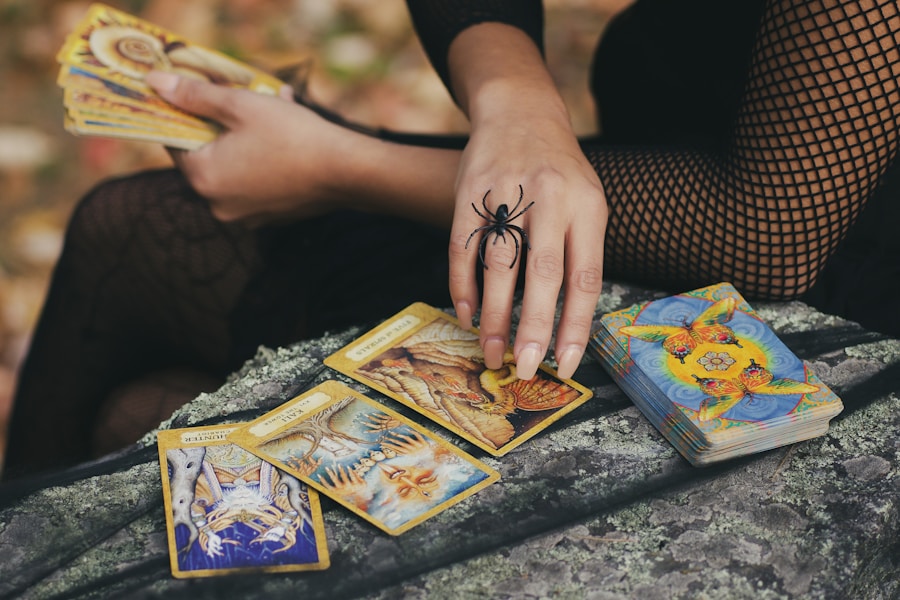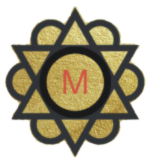
The Tarot is a fascinating and multifaceted tool that has captivated the minds of many for centuries. Originating in the 15th century as a card game in Europe, it has since evolved into a powerful means of divination and self-reflection. The Tarot deck typically consists of 78 cards, divided into two main sections: the Major Arcana and the Minor Arcana.
The Major Arcana comprises 22 cards that represent significant life events, spiritual lessons, and archetypal themes, while the Minor Arcana consists of 56 cards that delve into the everyday experiences and challenges we face. Each card is rich with symbolism and meaning, offering insights into our lives and the world around us. The allure of Tarot lies not only in its historical roots but also in its ability to serve as a mirror to our inner selves.
Many people approach Tarot with the hope of gaining clarity on their current situations, understanding their past, or exploring potential futures. However, it is essential to recognize that Tarot is not merely a tool for fortune-telling; rather, it is a means of tapping into one’s intuition and subconscious mind. By engaging with the cards, individuals can uncover hidden truths, confront unresolved issues, and gain a deeper understanding of their emotions and motivations.
This journey into self-discovery can be both enlightening and transformative, allowing individuals to navigate their lives with greater awareness and intention.
Key Takeaways
- Tarot is a tool for self-discovery and inner wisdom, using a deck of cards with symbolic imagery.
- Using tarot for self-discovery involves tapping into your intuition and subconscious to gain insights and guidance.
- Interpreting tarot cards involves understanding the symbolism and meaning behind each card, and how it relates to your life and experiences.
- Tarot spreads are layouts of cards that can be used to explore different aspects of your life, such as relationships, career, and personal growth.
- Integrating tarot into your self-discovery practice can be enhanced through journaling and reflection, allowing for deeper insights and understanding.
Using Tarot for Self-Discovery: How It Works
At its core, Tarot serves as a conduit for self-exploration and personal insight. When individuals engage with the cards, they are often prompted to reflect on their thoughts, feelings, and experiences in a way that may not have been possible otherwise. The process begins with a question or intention—this could be as simple as seeking guidance on a specific issue or as profound as exploring one’s life purpose.
Once the question is set, the individual shuffles the deck and draws cards, each of which holds unique meanings that can be interpreted in relation to the inquiry at hand. The act of drawing cards can evoke a range of emotions and thoughts, often leading to moments of clarity or revelation. For instance, if someone draws The Tower card while contemplating a challenging relationship, it may prompt them to consider whether they are experiencing upheaval or transformation in that area of their life.
The imagery and symbolism of the card can resonate deeply, encouraging introspection and prompting questions about personal values, boundaries, and desires. This process of reflection allows individuals to connect with their inner wisdom and gain insights that may have previously eluded them.
Connecting with Your Inner Wisdom: Interpreting Tarot Cards

Interpreting Tarot cards is an art that combines intuition, knowledge of symbolism, and personal experience. Each card carries its own set of meanings, which can vary depending on the context of the reading and the individual’s unique circumstances. For example, The Fool card often symbolizes new beginnings, spontaneity, and taking risks.
In a self-discovery context, drawing this card might encourage someone to embrace change or step outside their comfort zone. Conversely, if drawn in a different context—such as when contemplating career choices—it may suggest recklessness or a need for caution. The key to effective interpretation lies in the ability to weave together the traditional meanings of the cards with personal insights.
This requires an openness to intuition and an understanding that each reading is unique. For instance, when interpreting The Empress card, which represents fertility, abundance, and nurturing energy, one might reflect on their own relationship with creativity or motherhood. This card could evoke feelings related to personal growth or highlight areas where one may need to cultivate more self-care or compassion.
By allowing personal experiences to inform interpretations, individuals can create a more meaningful connection with the cards.
Tarot Spreads for Self-Discovery: Exploring Different Aspects of Your Life
Tarot spreads are specific layouts used during readings that help structure the interpretation of the cards drawn. Different spreads can be employed to explore various aspects of life, from relationships to career paths to personal growth.
This simple yet effective layout allows individuals to gain insights into how past experiences shape current circumstances and what potential outcomes may arise. Another powerful spread is the Celtic Cross, which consists of ten cards arranged in a cross-like formation. This spread provides a comprehensive overview of an individual’s situation by addressing various factors such as challenges, influences, hopes, and fears.
Each position in the spread corresponds to a specific aspect of life, allowing for a deeper exploration of complex issues. For example, if someone is grappling with career dissatisfaction, the Celtic Cross can reveal underlying motivations or external influences that may be contributing to their feelings. By utilizing these structured layouts, individuals can navigate their self-discovery journey with greater clarity and focus.
Journaling and Reflection: Integrating Tarot into Your Self-Discovery Practice
Incorporating journaling into Tarot practice can significantly enhance the self-discovery process. After conducting a reading, individuals can take time to reflect on their interpretations and insights by writing them down in a dedicated journal. This practice not only solidifies understanding but also allows for deeper exploration of thoughts and feelings that may arise during readings.
Journaling serves as a safe space for individuals to articulate their emotions and experiences without judgment.
Over time, this written record can reveal patterns or recurring themes that may warrant further exploration.
Additionally, revisiting past entries can provide valuable insights into personal growth and transformation over time. By documenting their journey through Tarot readings and reflections, individuals create a tangible narrative of their self-discovery process.
Embracing the Journey: Nurturing Self-Awareness and Personal Growth through Tarot

Engaging with Tarot is not merely about seeking answers; it is about embracing the journey of self-awareness and personal growth. As individuals delve deeper into their readings and interpretations, they often uncover layers of understanding that lead to profound shifts in perspective. This journey requires patience and openness to change—qualities that are essential for fostering self-awareness.
Moreover, Tarot encourages individuals to confront uncomfortable truths and embrace vulnerability. It invites them to explore aspects of themselves that may have been neglected or suppressed. For example, drawing cards that highlight fears or insecurities can serve as an invitation to address these issues head-on rather than avoiding them.
This process can be challenging but ultimately rewarding as it paves the way for healing and transformation. As individuals continue to engage with Tarot as a tool for self-discovery, they cultivate a deeper connection with themselves and their intuition. This ongoing practice nurtures personal growth by fostering resilience and adaptability in the face of life’s challenges.
Ultimately, Tarot becomes not just a tool for divination but a companion on the journey toward greater self-awareness and fulfillment. Through this exploration, individuals learn to trust themselves more fully and navigate their lives with intention and purpose.
If you are interested in delving deeper into the symbolism and meanings behind tarot cards, you may want to explore The King of Pentacles: Symbolizing Wealth, Abundance, and Success in Tarot Card Reading. This article discusses the significance of the King of Pentacles card and how it can relate to themes of prosperity and achievement in tarot readings. Understanding the various symbols and interpretations within tarot can enhance your self-discovery journey and help unlock your inner wisdom.
FAQs
What is tarot?
Tarot is a form of divination that uses a deck of cards to gain insight into past, present, and future events, as well as to explore personal and spiritual growth.
How can tarot be used for self-discovery?
Tarot can be used for self-discovery by providing a tool for introspection and reflection. The cards can help individuals gain insight into their thoughts, feelings, and behaviors, and can offer guidance for personal growth and development.
Is tarot a form of fortune-telling?
While tarot is often associated with fortune-telling, its primary purpose is to provide insight and guidance for personal and spiritual growth. It is not a definitive tool for predicting the future.
How can someone use tarot for self-discovery?
To use tarot for self-discovery, individuals can engage in regular tarot readings for themselves, journal about their experiences and insights, and use the cards as a tool for meditation and introspection.
Can anyone use tarot for self-discovery?
Yes, anyone can use tarot for self-discovery. There are no specific requirements or qualifications needed to engage in tarot readings for personal insight and growth.






